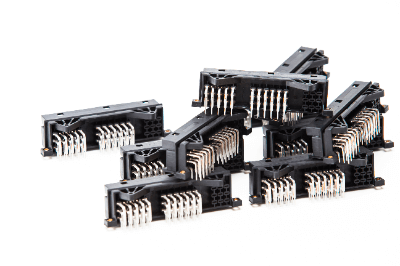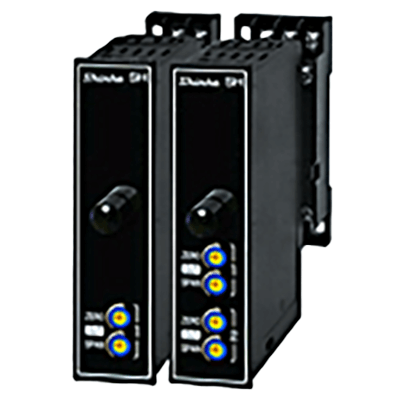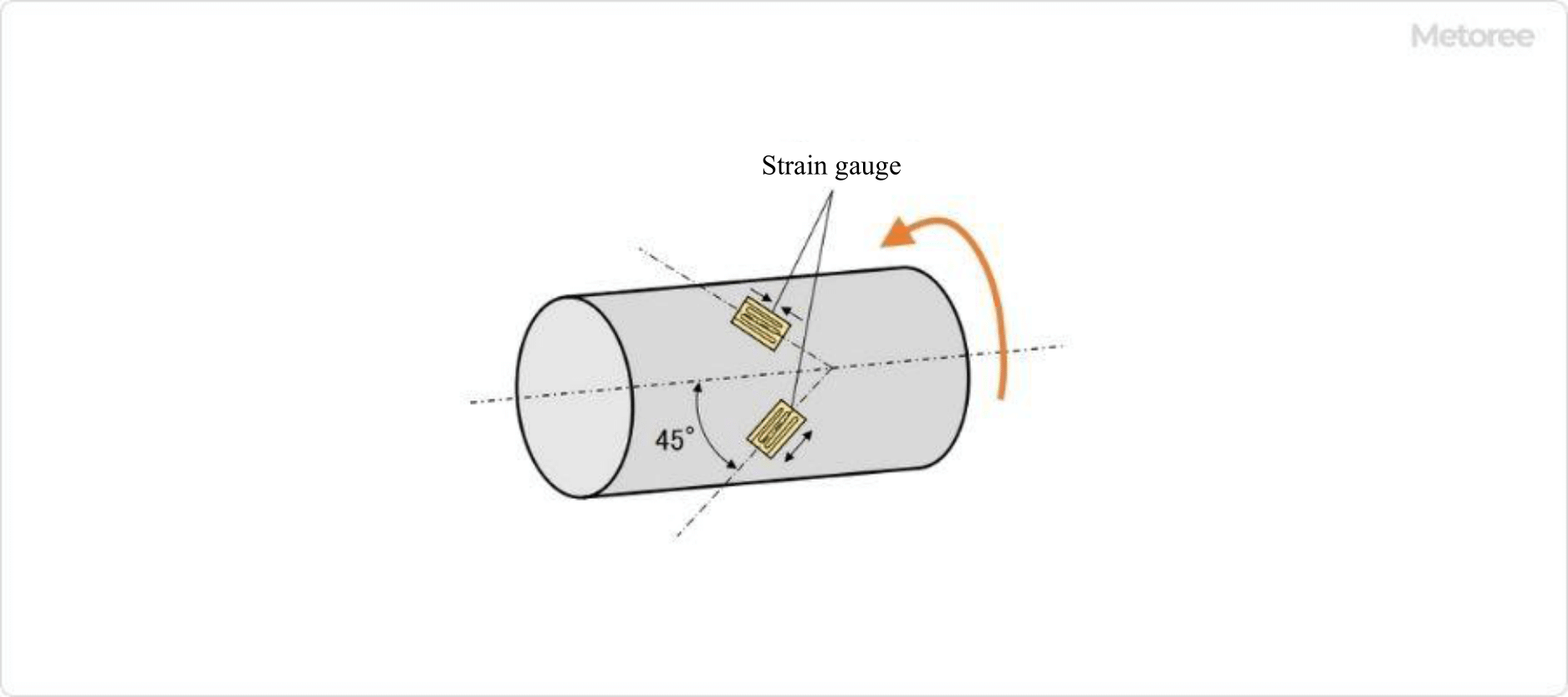What Is a Tilt Sensor?

Tilt Sensor is a device that detects the inclination of an object to be measured.
It measures the inclination from the horizontal position and detects the tilt, angle, or slope of the object to be measured.
It measures the tilt from the horizontal position with respect to gravity and displays the tilt, angle, or gradient of the object. Tilt Sensors are also called Angle Sensors. Tilt Sensors strictly refer to the tilt detection part only, and there are other types of Tilt Sensors, such as inclinometers, to which electronic devices are added to adjust input and output.
Uses of Tilt Sensors
Tilt Sensors are used for tilt detection and posture control. Specifically, they are used to maintain the level of construction equipment beds, detect the tilt of cranes, and adjust the illumination angle of automobile headlights. They are also used to check the level of land and rooms, and to automatically rotate smartphone screens.
Strictly speaking, Tilt Sensor refers only to the element that detects inclination, and when an electronic device that adjusts input and output is added, it is called an inclinometer. However, devices that include an input/output device and an arithmetic device are also conventionally called Tilt Sensors.
Principle of Tilt Sensor
Tilt Sensors are devices that detect inclination by generating an electrical output when the object being measured is inclined. Tilt occurs in the uniaxial, biaxial, and triaxial directions, so it is important to select a Tilt Sensor according to the number of axes of inclination to be detected.
In addition, Tilt Sensors have changed from the switch form that switches on and off when an inclination is detected, which was often used in the past, to those that combine sensing technology, which have become mainstream in recent years. The methods used to detect the tilt of Tilt Sensors include the electro-electrolytic and MEMS, which have been used since the early days. In recent years, the MEMS type has become the mainstream in terms of accuracy and response time.
1. Electrolytic Tilt Sensor (Electrostatic Tilt Sensor)
The electrolyte type Tilt Sensor uses the property of a liquid surface to always be horizontal to detect the tilt of the liquid as a change in electrostatic capacitance. Specifically, the sensor consists of a cylindrical body with an internal cavity in which electrolytic solution (conductive liquid) is sealed at a depth of about half its length, and electrode plates facing each other in the longitudinal direction.
In other words, the corresponding electrodes are half submerged in the electrolyte in the longitudinal direction. When the cylindrical body is tilted with voltage applied between the electrode plates and the electrolytic solution in the cavity is kept horizontal on its axis in the longitudinal direction, the internal resistance in the circuit changes due to the difference in the portion of the opposite electrode that is immersed in the liquid. The tilt detection of the electrolyte Tilt Sensor is performed by detecting this change in the internal resistance of the circuit and converting it to an angle.
However, it has the disadvantages of a relatively slow response time and a tendency to be affected by vibration of the liquid surface. The electrolyte type Tilt Sensor can detect tilt in two axes by arranging two pairs of electrodes orthogonally to each other.
2. MEMS (Micro Electro Mechanical Systems) Tilt Sensor
The MEMS Tilt Sensor is an inclination sensor that utilizes micro-electromechanical system technology. The MEMS Tilt Sensor consists of a pair of fixed electrodes and a spring-loaded movable electrode between the fixed electrodes.
When the MEMS Tilt Sensor is tilted about the support direction of the fixed and movable electrodes, the fixed electrodes do not move, while the movable electrodes move in the direction in which the sensor is tilted. In other words, the capacitance between each fixed and movable electrode changes. This change in capacitance is detected and converted to an angle.
If movable electrodes are installed orthogonally to the XY direction and each is sandwiched between a pair of fixed electrodes, inclination in two axial directions can be detected.
3. Other Methods
Other methods used in Tilt Sensors include the pendulum type and the quartz crystal type.
Pendulum Tilt Sensor
Pendulum Tilt Sensors have a pendulum and a sensing element such as a magnetoresistive element inside the body. The pendulum Tilt Sensor detects changes in the magnetic field caused by the movement of the pendulum when the main unit is tilted, and calculates this into an angle of inclination.
Quartz Tilt Sensor
The Quartz Crystal Tilt Sensor is a highly sensitive Tilt Sensor that utilizes the characteristics of a quartz crystal. A cantilever made of processed quartz crystal and a holding part are fixed at one end facing each other, and an electrode is provided on each of the cantilever and holding part.
When the sensor is tilted, the cantilever deflects while the holding part does not. Because the cantilever deflects, the distance between the electrodes changes and the capacitance also changes. The capacitance is measured as a change in frequency, which is how the quartz tilt sensor works. The conversion from capacitance to frequency is achieved by combining the Tilt Sensor with a quartz crystal and a transmitter circuit.
Other Information on Tilt Sensors
Acceleration Sensor
Similar to the Tilt Sensor, the Acceleration Sensor is a sensor that detects tilt. The Tilt Sensor outputs the sensor output itself with information on the angle of inclination. Because of its low frequency fluctuation, the tilt sensor is effective for measuring the tilt angle in slow motion or in a stationary state. Acceleration sensors, on the other hand, detect acceleration applied to an object.
Using Newton’s law of motion, which states that acceleration acting on an object is proportional to external force, acceleration sensors are used to measure acceleration itself or to detect the application of external force. Since acceleration itself can be detected, it is used in gravity and seismic measurements. Since it can also detect the application of external force, it can detect movement in front-back and left-right directions in addition to the direction of gravity, such as tilt, vibration, movement, impact, and fall. Compared to the Tilt Sensor, it has a wider frequency bandwidth and can also measure fast movements.
Because of these differences, Tilt Sensors are used, for example, to prevent cranes and construction vehicles from tipping over. Acceleration sensors, on the other hand, are used, for example, in applications that change the vertical and horizontal display of a smartphone to match the environment in which it is used.
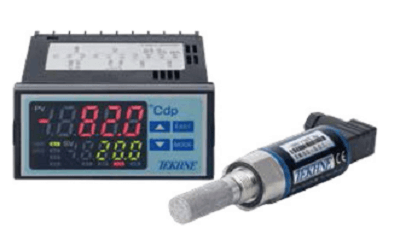
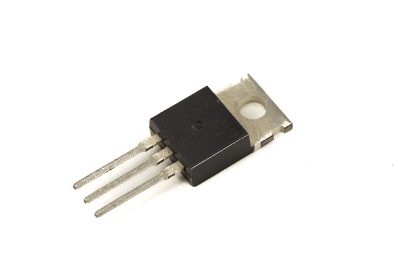 Power MOSFET is a generic term for
Power MOSFET is a generic term for 